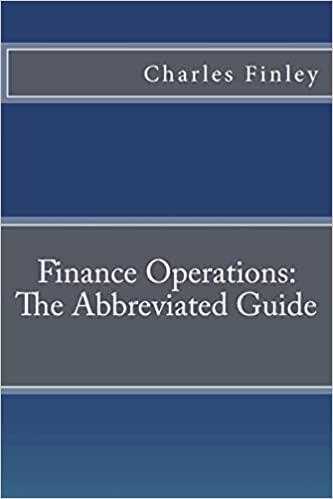Question
1a) Let S = $50, K = $55, r = 8% (continuously compounded), T = 0.25, and d = 0. Let u = 1.25, d
1a)
| Let S = $50, K = $55, r = 8% (continuously compounded), T = 0.25, and d = 0. Let u = 1.25, d = 0.7, and n = 1. What are D and B for a European put? | |||||||||||||
| |||||||||||||
| 1b) Let S = $65, K = $70, r = 3% (continuously compounded), T = 1, and d = 0. Let u = 1.25, d = 0.7, and n = 1. Calculate the value of a European put if D = 0.685315 and B = 54.0362. | |||||||||||||
| |||||||||||||
1c)
| Let S = $40, K = $35, r = 7% (continuously compounded), d = 4%, s = 40%, and T = 2. What are the appropriate values of u and d to build a 5-period binomial stock price tree? (Use the formulas from the main part of the chapter and lecture notes, not the alternative formulas in the appendix.) | |||||||||||||
| |||||||||||||
Step by Step Solution
There are 3 Steps involved in it
Step: 1

Get Instant Access to Expert-Tailored Solutions
See step-by-step solutions with expert insights and AI powered tools for academic success
Step: 2

Step: 3

Ace Your Homework with AI
Get the answers you need in no time with our AI-driven, step-by-step assistance
Get Started


